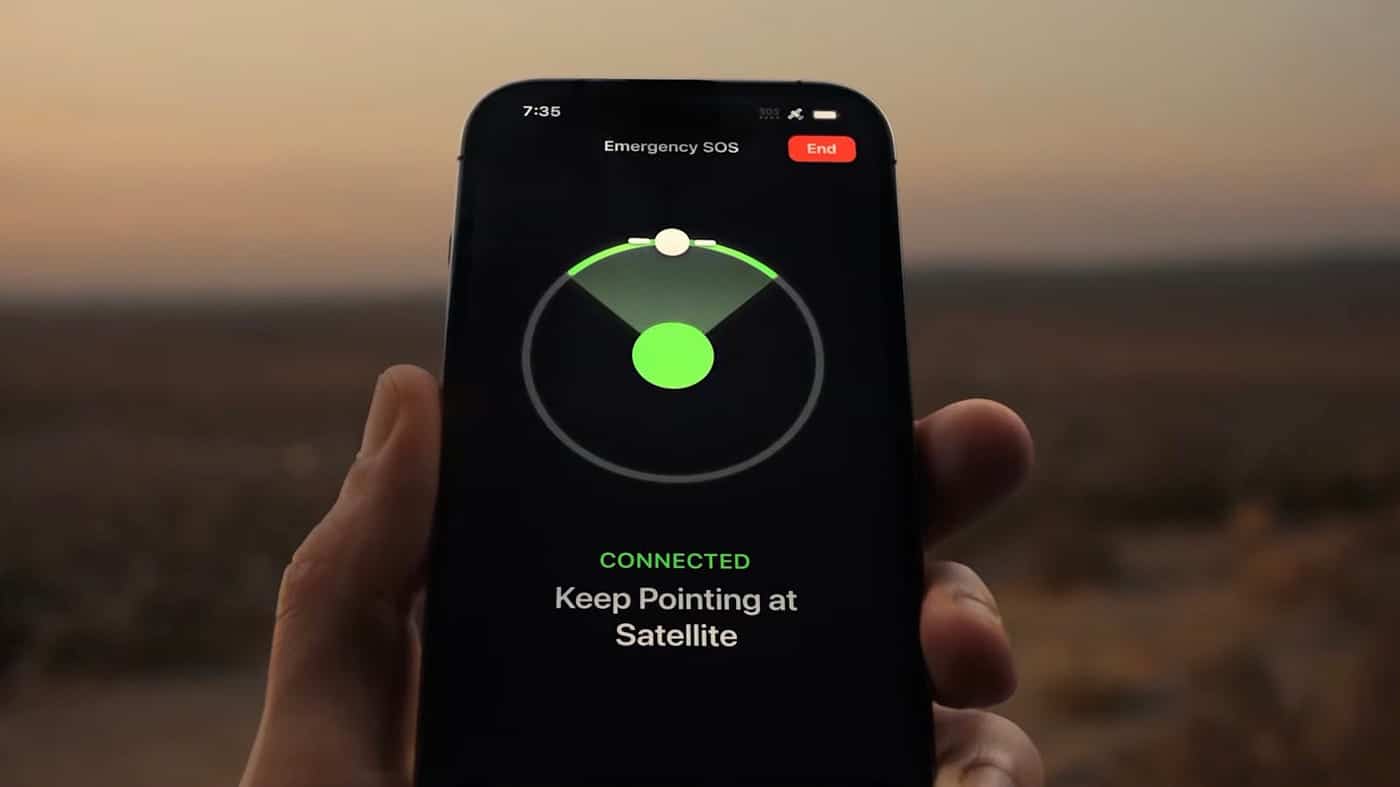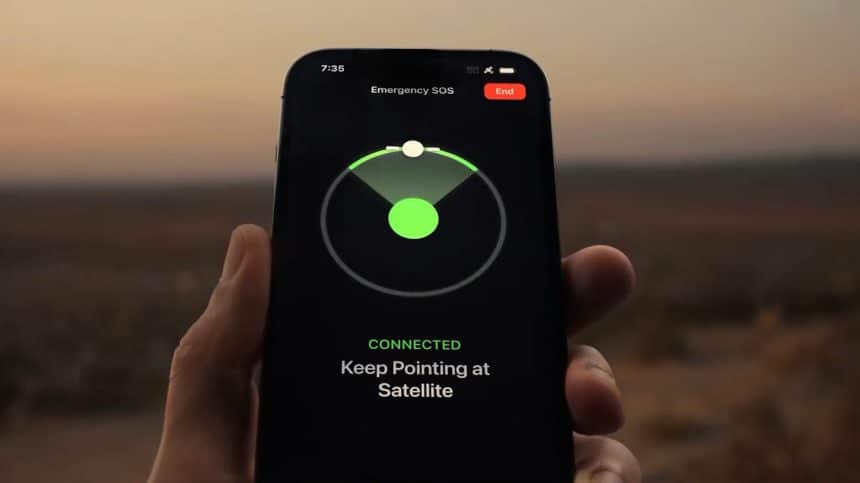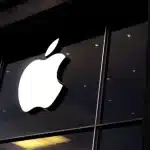Apple switched on its satellite services for Mexican iPhone owners this week, giving travelers, hikers, and rural families a new way to stay in touch when cellular towers fall silent.
Messages reach orbit
With the update, an iPhone 14 or later running iOS 18.4 now prompts users to “Connect to Satellite” if no Wi-Fi or cellular signal is available. Once linked, they can send and receive plain texts, emojis, and Tapbacks through the standard Messages app. Moreover, the phone guides users toward the nearest satellite, making the process simple even under stress.

Find friends off the grid
Satellite support also lands inside Apple’s Find My app. Therefore, adventurers can share live locations from deep canyons or dense jungles, reassuring family at home. Rescue teams say the feature could trim search times because it offers a precise last-known point rather than a broad guess.
Part of a global rollout
Apple first teased satellite messaging at WWDC 2024 before bringing it to the United States and Canada. Now, Mexico joins the growing list of supported countries as Apple races to extend coverage across Latin America. Additionally, the company still offers two years of free access with every new handset, though it has yet to reveal long-term pricing.
What users need to know
Because satellites move quickly, Apple advises users to keep the phone pointed skyward and avoid tall obstacles while sending a message. Each session lasts only a few minutes, yet that window is often enough to confirm safety or call for help. Furthermore, the service supports Spanish-language keyboards, ensuring clear communication without awkward workarounds.
Why it matters
Cellular blackouts are common along Mexico’s rugged highways and coastal trails. By bridging those gaps, Apple positions the iPhone as a must-pack safety tool rather than just a luxury gadget. As a result, competitors may feel pressure to match the feature before the next hiking season begins.











